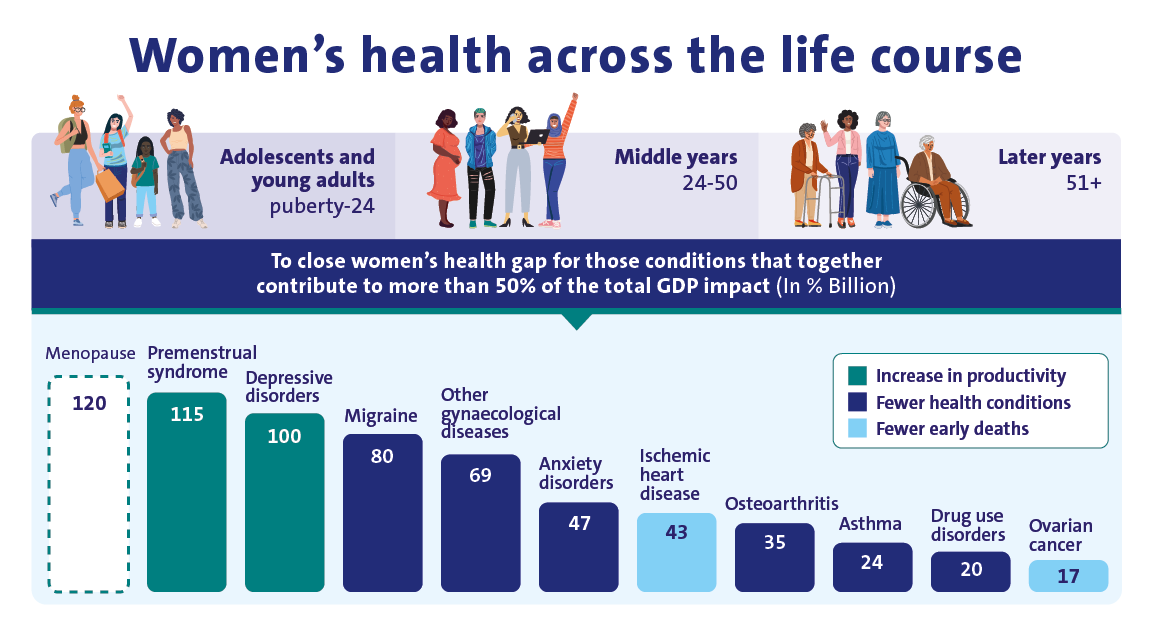At the Netherlands Women’s Health R&I Center, our research agenda is dedicated to transforming women's health through rigorous scientific inquiry. Our specific objectives are:
- Understanding Women-Specific Conditions: We investigate the causes of conditions unique to women, aiming to alleviate their profound impact on women's lives, the economy, and society.
- Exploring Health Determinants: Our research addresses the gender gap in health, focusing on chronic diseases and conditions that affect women differently or disproportionately compared to men.
- Integrating Knowledge: By uniting diverse expertise, we target unmet women's health needs, fostering the development of innovative tools, data, platforms, and technologies for better disease prediction, prevention, diagnosis, treatment, and management.
- Optimizing Data Utilization: We aim to close gaps in the data value chain, leveraging digitalization to develop new methodologies and models for comprehensive women's health solutions.
Infographic: Women's Health Across the Life Course

